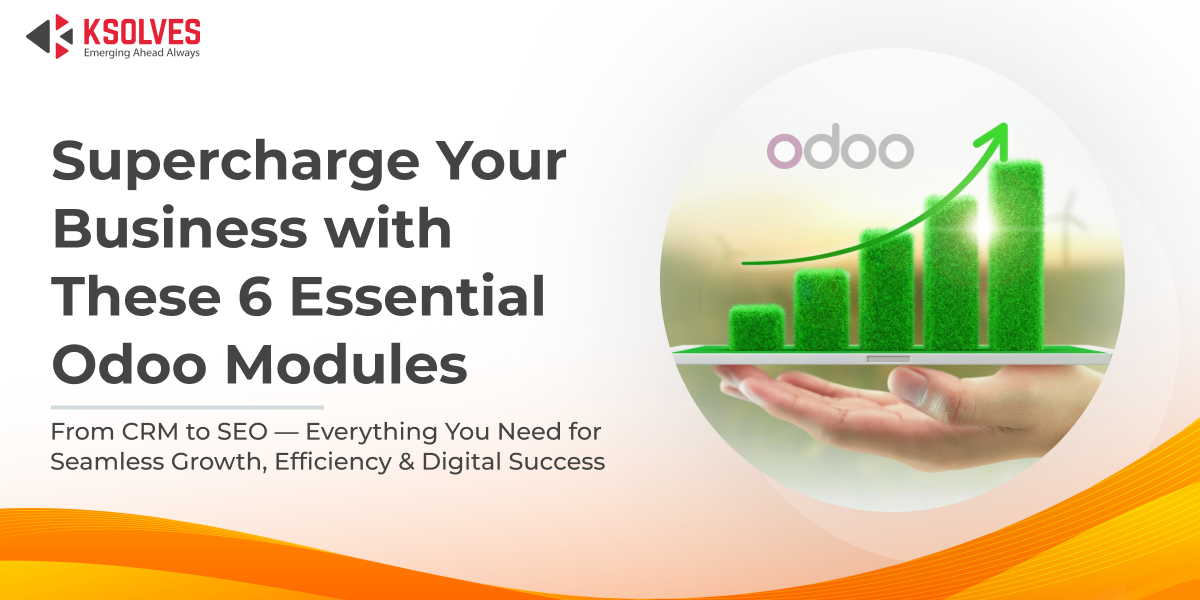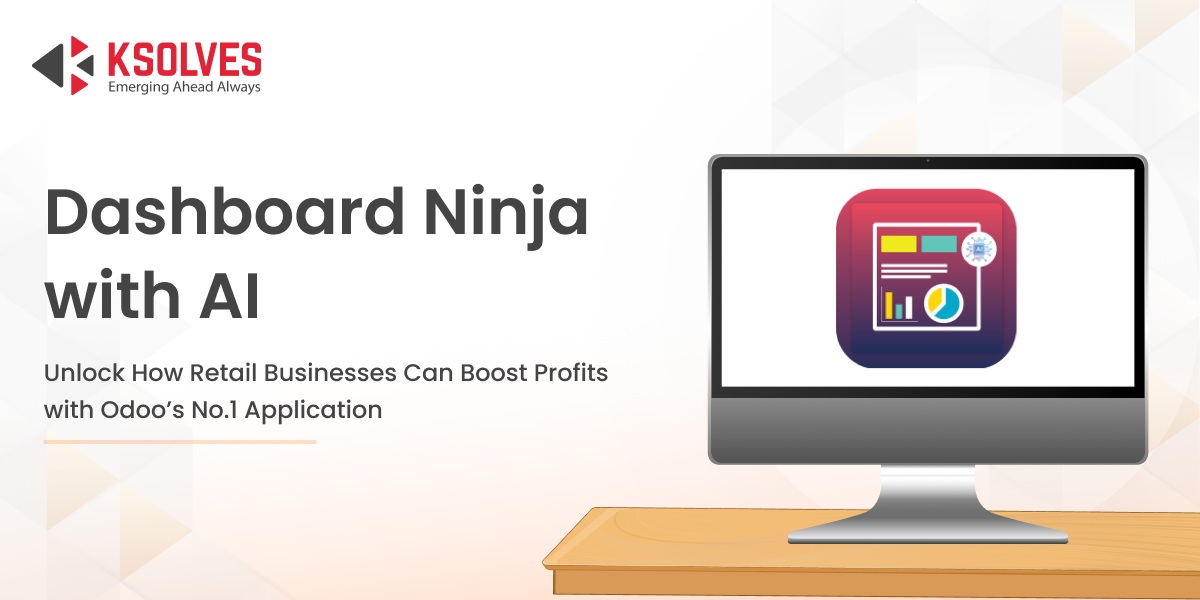Odoo is a comprehensive suite of business applications that empower organizations to manage every aspect of their operations seamlessly. With […]
Learn More About the Advanced Views in Odoo

In today’s world, Odoo is used by a range of business organizations that differ in scale, sector, region, & operational functionalities all across the globe. Moreover, this platform has more than 5 million users & subscribers which is itself one of the biggest clientele among other ERP solutions. In Odoo, your business records are represented to the end-users in the form of ‘Views’. They are stated in XML meaning that they can get edited from the models independently that they display. They are quite flexible and enable a high degree of customization of the displays they control. The Views in Odoo are of several types. Each one of them showcases a type of visualization, such as form, kanban, tree, pivot, etc. These views help you to observe & understand almost all aspects of your business recorded in Odoo.
Types of Views in Odoo
Odoo has several different types of views. Each one has a dissimilar function. One should remember that each of these views is made for one Model (or database table), however, they can also display data from other related models. Also, you can manage views in Odoo seamlessly.
Now, let’s know about the following advanced views in Odoo-
Tree or List View:
Tree View or List View displays multiple records of data in the list form (rows & columns). It is known as the ‘tree’ view since it shows the objects in the list view. In this view, each row showcases a database table’s record. Tree or ListView is used to represent important data, which means only some significant columns of the table/ model. You can perform various operations of your business on this Tree view, such as filter & group by, sorting, etc.
Form View:
Form view is used to represent the data from one single record. These views are used to build & edit single records. Form view is basically designed to display one record of data of a single Model (or database table). However, it can also display a great amount of associated data right from other Models.
Search View:
A search view defines the fields that are to be searched while typing into the search box. It also gives predefined filters that are to be activated just with a click. These views can’t be shown on their own. So, they have to be used with some other views to give a search function.
Search views are of three types:
- Autocomplete (for example, type “Desk” into the search box)
- Group By
- Filters
Calendar View:
With Calendar view, you are provided with a timeline. You’ll find a schedule view in this Calendar view for the data, which represents all your records as events through a monthly, weekly, or daily calendar. This view provides you a schedule or a timeline view for your data.
Pivot View:
With the pivot table, you can choose the desired dimensions, switch to several chart modes, and select suitable filters using the search bar. Pivot View helps you to re-organize as well as summarize the chosen data columns & rows in a database table or a spreadsheet to acquire the desired report. However, the pivot table itself doesn’t alter the database or the spreadsheet.
Kanban View:
With kanban view, you are provided with a records list that you can open to see a form. A Kanban view of your project module or any other module is created with stages like selection fields where you can easily drag-drop your project between various stages. So, it is basically a series of cards highlighted with key information.
Gantt View
Gantt View is available only in the Enterprise version of Odoo. It is largely used in the Manufacturing or the Project apps. Gantt View is designed to display a sequence of activities with their start as well as end dates. It comes with a timeline view to showcase the data. Often, it is used to show project tasks & allocation of the resources in Odoo 13. A graphical display comprising all the tasks of a project is referred to as a Gantt chart. On this chart, each bar is a graphical display of the time that the task is supposed to take.
Conclusion-
In this blog, we have talked about different advanced views on the Odoo software system. We have tried to explain each of them in a clear and simplified manner. To get an Odoo customized view for your business, contact Ksolves India Ltd.
Contact Us for any Query
Email: sales@ksolves.com
Call : +91 8130704295







